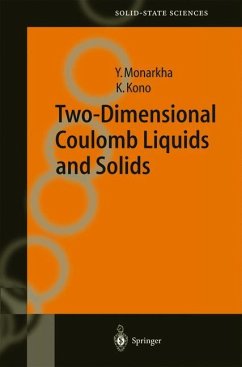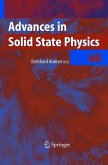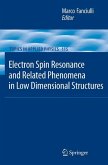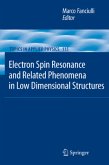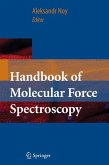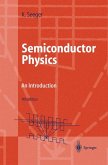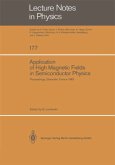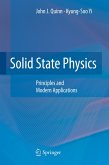This book is about quantum phenomena in two-dimensional (2D) electron systems with extremely strong internal interactions. The central objects of interest are Coulomb liquids, in which the average Coulomb interaction en ergy per electron is much higher than the mean kinetic energy, and Wigner solids. The main themes are quantum transport in two dimensions and the dynamics of highly correlated electrons in the regime of strong coupling with medium excitations. In typical solids, the mutual interaction energy of charge carriers is of the same order of magnitude as their kinetic energy, and the Fermi-liquid ap proach appears to be quite satisfactory. However, in 1970, a broad research began to investigate a remarkable model 2D electron system formed on the free surface of superfluid helium. In this system, complementary to the 2D electronic systems formed in semiconductor interface structures, the ratio of the mean Coulomb energy of electrons to their kinetic energy can reach ap proximately a hundred before it undergoes the Wigner solid (WS) transition. Under such conditions, the Fermi-liquid description is doubtful and one needs to introduce alternative treatments. Similar interface electron systems form on other cryogenic substrates like neon and solid hydrogen.
Bitte wählen Sie Ihr Anliegen aus.
Rechnungen
Retourenschein anfordern
Bestellstatus
Storno

